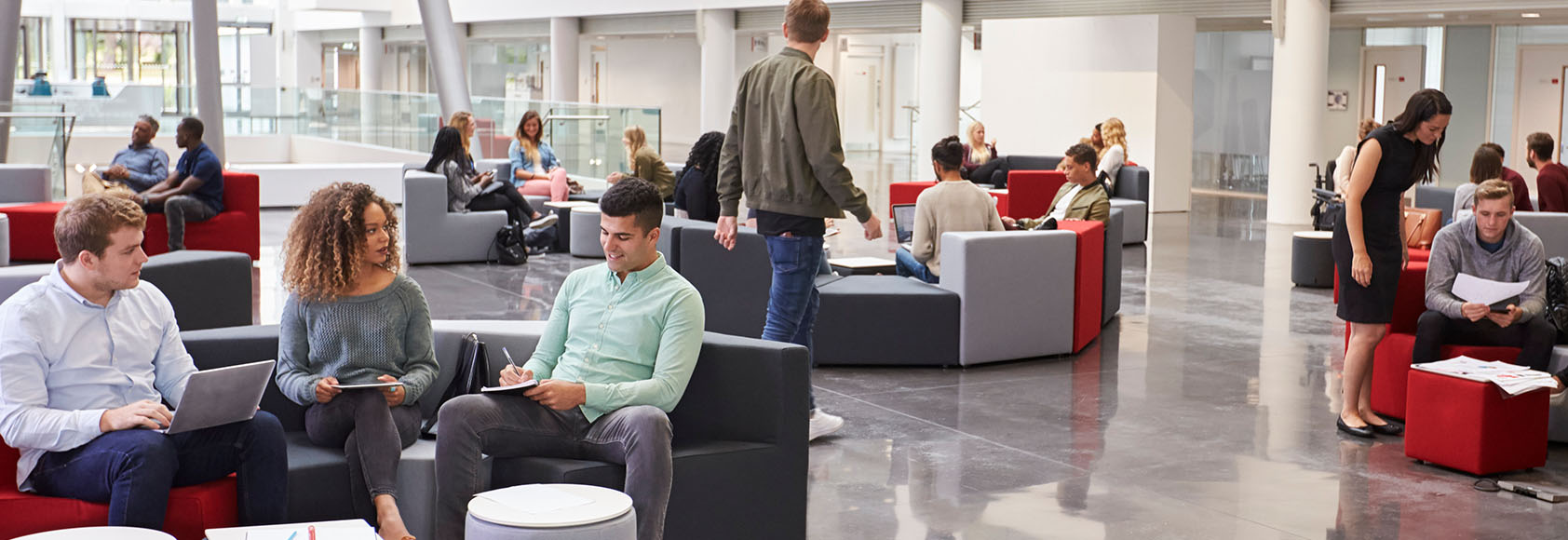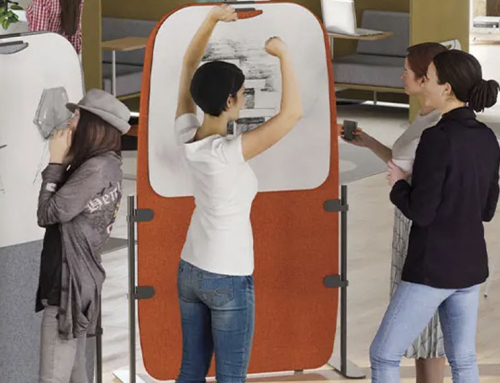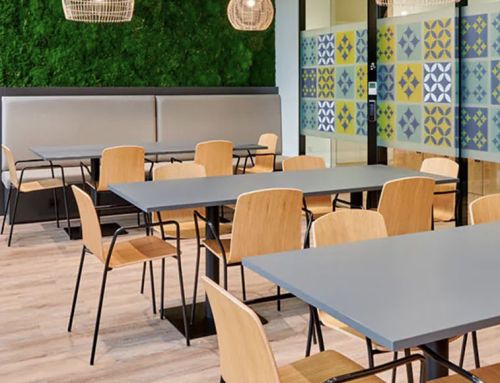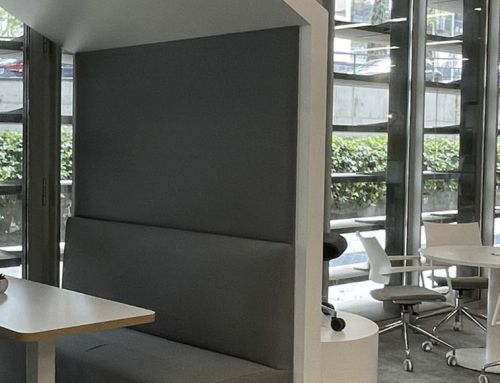Flexible work is one of the labor trends of the coming years, without a doubt. But what is flexible work? Is it the same as telecommuting?
During the last year we have learned that telecommuting is not for everyone, and that not everyone can telecommute. In fact, according to a Survey on Equipment and Use of Information and Communication Technologies in Households by the INE, in Spain only 35% of the employed population has jobs that can be carried out, in whole or in part, by teleworking.
The data from the survey also reveals that at that time, 69.5% of the Spanish employed population were able to telework full-time, but 30.5% were not. What are the reasons that led to almost one in three people who could telecommute not doing so?
35.8% of those surveyed in this situation indicated their company’s lack of will to implement teleworking, while 15.5% attributed it to the fact that their company did not have sufficient technological means.
The unstoppable evolution of work dynamics
It is clear that teleworking is not all are advantages. The cons of working from home are numerous, including privacy or comfort issues. But beyond the physical space, the work dynamics that are generated are not the most appropriate to enhance collaboration and teamwork or promote connection with the brand, the company, and colleagues.
Many companies are beginning to explore ways of work flexibility beyond telecommuting
Even so, and despite all the cons, the ways of working cannot stop evolving. They are a reflection of the changes in our society. And, in fact, many companies are beginning to dare to explore formulas of labor flexibility beyond telecommuting.
Culture + technology + people, the keys to flexible work
Any process of organizational flexibility requires a specific corporate culture that establishes the necessary framework for its effectiveness.
The main components of this new culture are: mutual trust, participatory and inspiring leadership, self-responsibility, empowerment, transversal communication, an adequate balance between personal and professional life, and results-oriented performance assessment.
It is clear that having a flexible work culture will translate into a more agile and sustainable business model over time.
On the other hand, flexibility must necessarily be supported by technology. Organizations must guarantee the use of collaborative tools, also making training and a support service available to them.
But there is a change that goes beyond digital transformation. It is about people, how they work and how they understand their relationship with the company.

From teleworking to “flexible life”
Every day in more companies, the focus of attention is no longer the percentage of teleworking time; the question is how to take even better advantage of teleworking.
Today they are preparing to promote something more powerful: “flexible living”, a term used by APD and 3g Smart Group in their white paper “Telecommuting? Better flexible living”.
Flexible life is based on a trust-based management model that promotes people’s responsibility and autonomy to choose where, how and when they work, depending on the type of activity they are going to carry out and their needs. “This is possible because they have the right mentality, they have developed the necessary skills and they have the best tools (spaces, resources and technology) to work flexibly”, they point out in the cited white paper.
A kit of spaces for flexible work
In ultra-flexibility, the office does not exist as the only work space, but rather different “work scenarios” that complement each other seeking the well-being and maximum productivity of the workforce: spaces for learning, for collaborating, for socializing, for concentrating or for making a pause.
This kit of scenarios will be more and more common inside offices, but employees will also be able to find them outside of them, depending on their specific needs. For this reason, every day there are more workers who choose to work from the so-called “third space”, that public and social space outside the home and work, while other concepts such as telecommuting in satellite offices or coworkings are spreading.
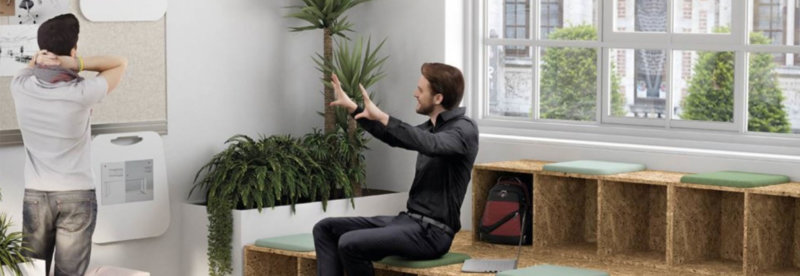
There are several types of satellite office. One modality is the “neighborhood office”: people who live nearby and who work for different companies create a joint office. They share space, resources and expenses.
In another variant, it is the companies themselves that create satellite companies in strategic locations where many employees reside (drop-in-centers). Another modality are the business centers, in which offices or meeting rooms can be rented for hours, days or months.

Social spaces for interaction
There are also more and more commercial environments that allocate a part of their public area to that third temporary workspace. From hotels to bookstores passing through cafes and shops, the offer increases every day and allows work to be considered outside the daily work environment. Even bank branches are turning into work cafes.
What do all these environments have in common? They seek to favor interaction between different professionals, in many cases external to the company. The collaborative configuration of this type of space allows you to easily connect, collaborate and socialize with others. It is a way to promote creativity and exchange of ideas.
